I'm 31 and My Mum is 57—We Both Follow These 6 Foolproof Steps for Flawless Skin
My mum and I share many things—amongst them a love for cosy knitwear, Chanel fragrances, and expensive handbags. But one thing we've never really been in sync with (until recently) is our approach to skincare.
I grew up with acne, so my skin has always been something I've been conscious of and focussed on—an interest which became a passion and eventually led me into a career in beauty. My mum, on the other hand, has had flawless skin for her whole life, never experiencing as much as a breakout or dry patch. Despite having a beauty editor for a daughter—and therefore access to a never-ending supply of brilliant skincare products, she's never really been interested in doing anything more than the necessities, cleansing and moisturising. And to be honest, she hasn't needed to.
Earlier this year however, I noticed her looking through my shelf of serums. She's never really been bothered by signs of mature skin, but has recently begun to notice a few sun spots appearing on her cheeks and some fine lines around her eyes had started to bother her. Naturally, I relished the opportunity to shop my stash and build my mum a skincare routine, incorporating everything from exfoliation and hydration to skin brightening serums—oh, and I also passed on a few makeup products, too.

Now I by no means believe that "anti-ageing" products are a necessity—to be honest, I'm not even a fan of using that phrase. However, as someone who has lived most of their live dealing with acne and post-inflammatory hyperpigmentation, I totally understand the desire for skin to look and feel its healthiest. And actually, many of the tips and products that make breakout-prone skin also help to make older skin look flawless, too.
Six months down the line and my mum is so committed to her daily skincare routine, that her skin is looking noticeably more bright and even. Keep scrolling to discover our top tips for for flawless-looking skin—I've also put together an edit of the products that she uses and recommends.
1. Exfoliate Regularly
As we age, many of our skin's processes begin to slow down, among them desquamation—the natural shedding of dead cells from the outermost layer of skin. When dead skin cells aren't removed, skin can appear dull and flat and will often feel rough and textured.
To aid this process, it's important to exfoliate regularly, especially as we get older. Using a physical exfoliant (like a scrub) or a chemical exfoliant (such as a glycolic acid-based toner or cleanser) is an effective way to help remove dead skin in order to brighten and smooth your complexion.
Just be wary of exfoliating too frequently, as this can increase skin's sensitivity—both my mum and I prefer to use a gentle exfoliating cleanser a few times a week instead of an abrasive scrub.
Shop exfoliators:

This gentle gel cleanser contains mandelic acid, one of the most gentle (but still very effective) exfoliating acids. Used daily, it will help to keep skin smooth, soft, and bright.

Mix this finely-milled powder with water and you'll get a soft foam with a slightly scrubby texture—a kind-to-skin alternative to harsh scrubs.
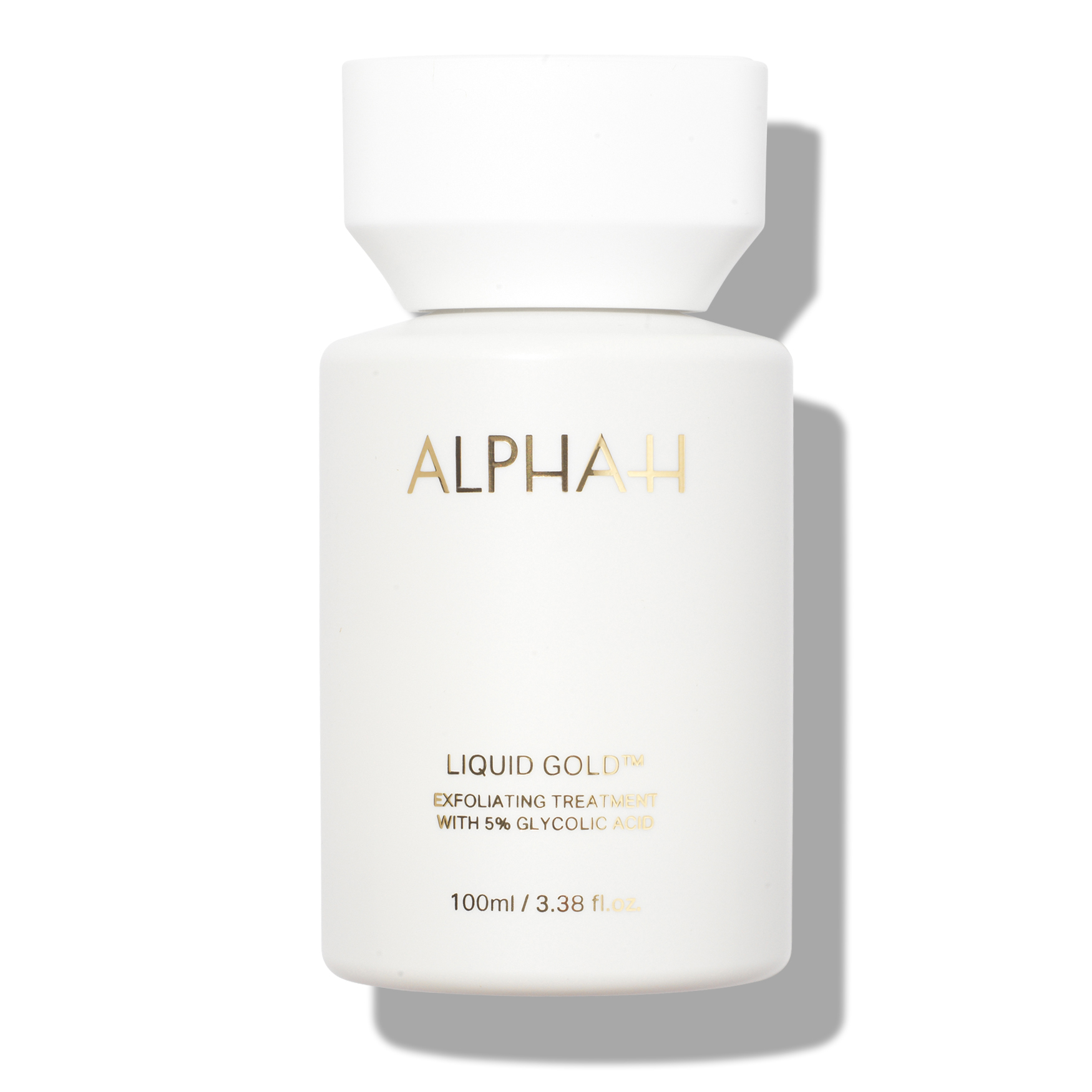
If you prefer a weekly treatment but don't love a physical exfoliant, try this glycolic acid-powered toner instead. You'll notice instantly brighter skin.
2. Use Brightening Ingredients
Vitamin C was one of the first active ingredients I introduced into my mum's skincare routine. It helps to reduce excess melanin production, which means it's helped to fade the dark spots she was noticing, and has stopped new ones from appearing.
Right now, she uses a vitamin C serum in the morning, and a retinoid in the evening. Retinoids also help to reduce excess melanin production, but are mostly known for their ability to increase collagen production (something else that declines as we age). Collagen gives skin strength and structure, so helps to reduce and prevent the appearance of fine lines and wrinkles.
Shop brightening serums:
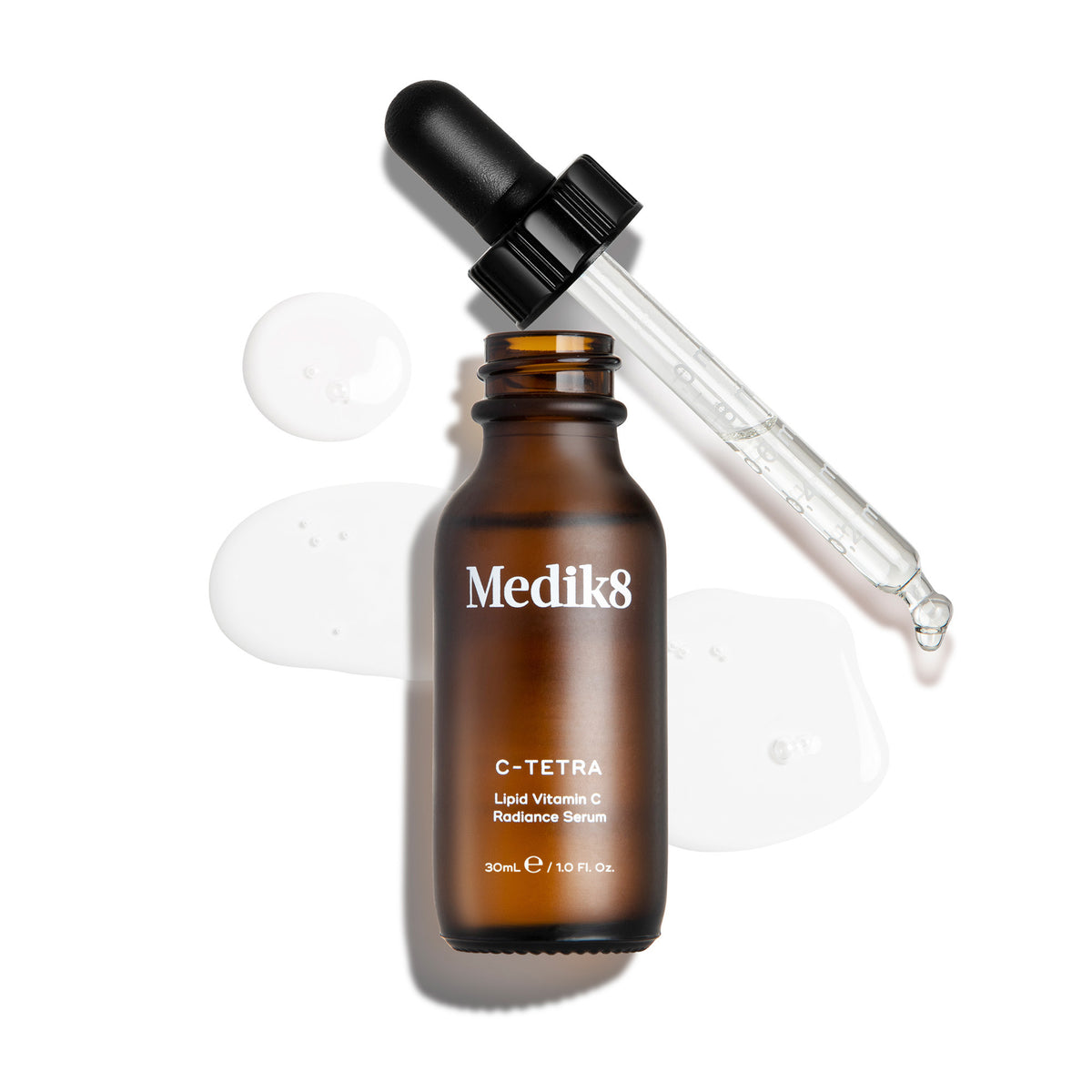
As it's formulated with a stabilised form of vitamin C called tetrahexyldecyl ascorbate, this is an incredibly effective product. My mum hasn't yet finished her first bottle, but she's already noticed the benefits.
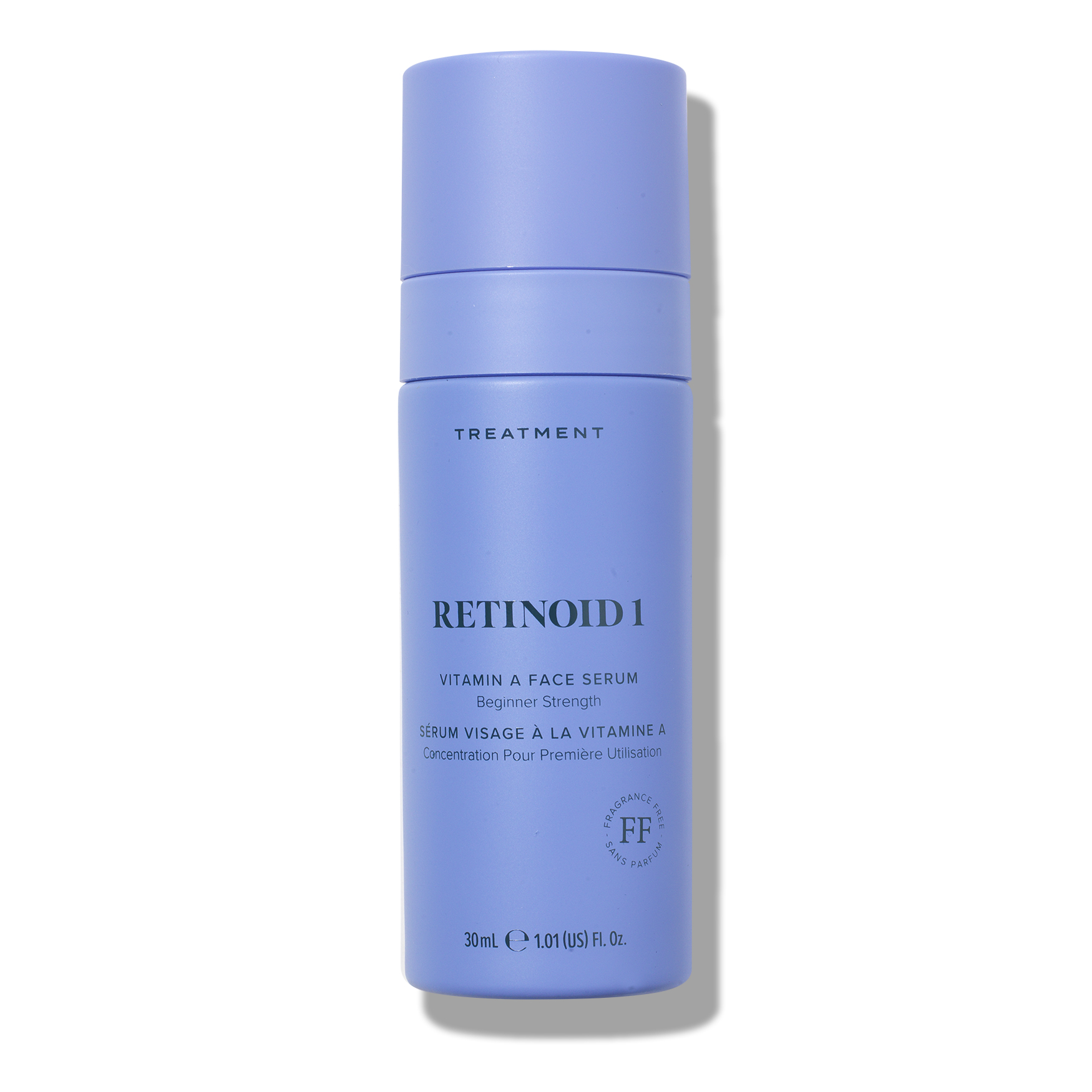
My mum was totally new to using a retinoid, and a little bit wary... Gentle but effective, I knew that this would be the perfect option.
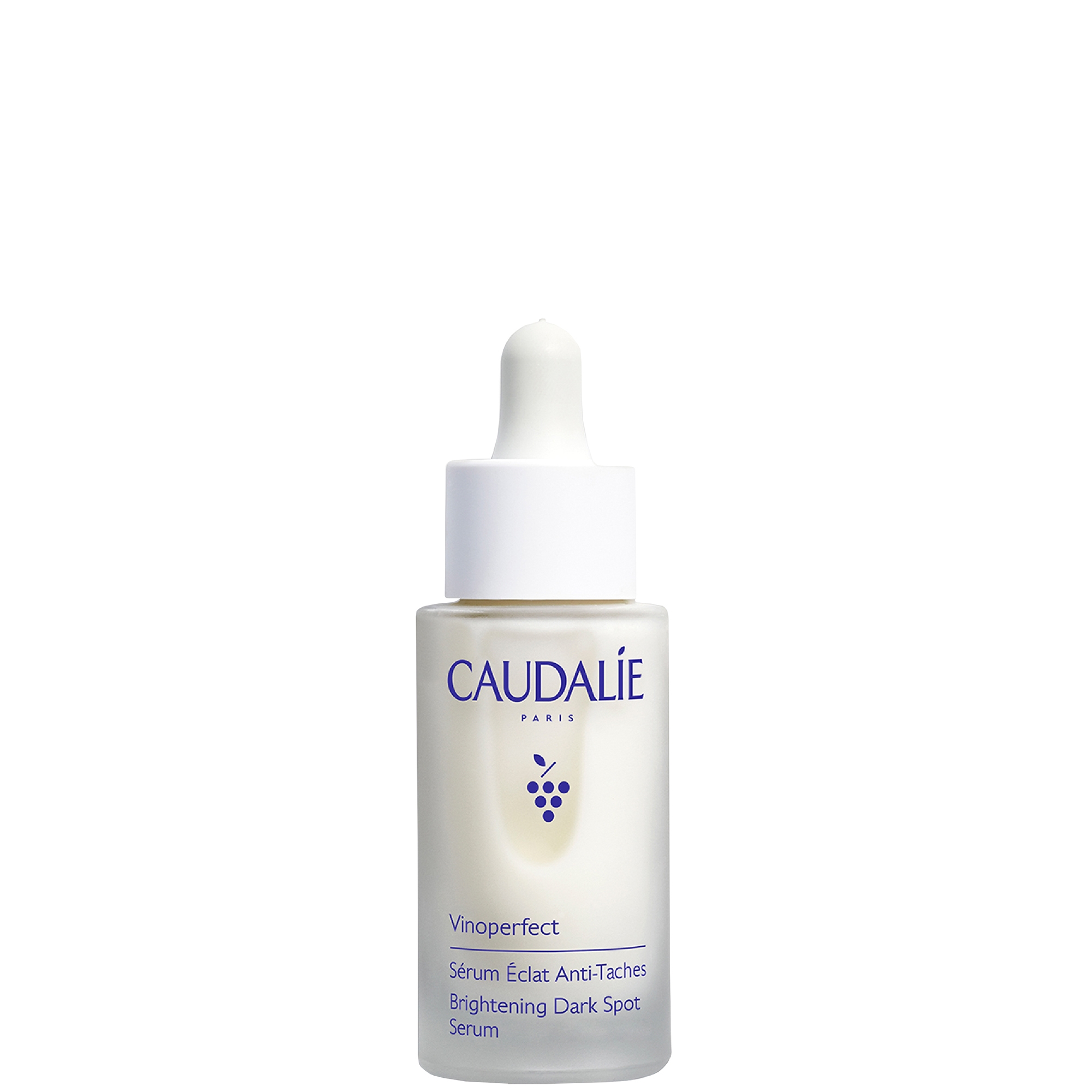
Specifically designed to help with pigmentation such as dark marks and sun spots, this brightening serum has cult status for good reason.
3. Keep Your Skin Hydrated
Hydration is key to healthy skin at any and every age, but as most of us will find that our skin gets drier as we get older, it's an important step in a skincare routine for mature skin. I always recommend layering hydration to ensure skin is hydrated deep within its layers, rather than just on the surface.
My mum uses a hydrating face mist to dampen her skin, a hyaluronic acid-based serum to deliver deep moisture, and then a day cream or night cream to seal it all in.
Shop hydration:

This hydrating mist is perfect for providing skin with that first light layer of hydration, and it feels so refreshing.

Price shown is member price.
I recommend hyaluronic acid to literally everyone I know—it can make such a huge difference to your skin, very very quickly. This is one of my favourite hydrating serums.

My mum swears by this supercharged night cream for boosting and brightening her skin while she sleeps.
4. Wear SPF Daily
SPF is without a doubt the most important step in any skincare routine. It's essentially the only product that can actually slow down the appearance of the key signs of skin ageing—such as loose skin, pigmentation, fine lines, and wrinkles, which are caused by UV exposure. That's right, sunscreen is more than just a product you only apply on sunny days or while you're at the beach. When I told my mum that UV impacts our skin even on grey, cloudy days and that it can penetrate glass, she was truly shocked.
Like me, she's now a dedicated SPF 50 wearer on a daily basis and I truly think this has been the most beneficial step in terms of helping to fade and prevent sun spots.
Shop sunscreens:
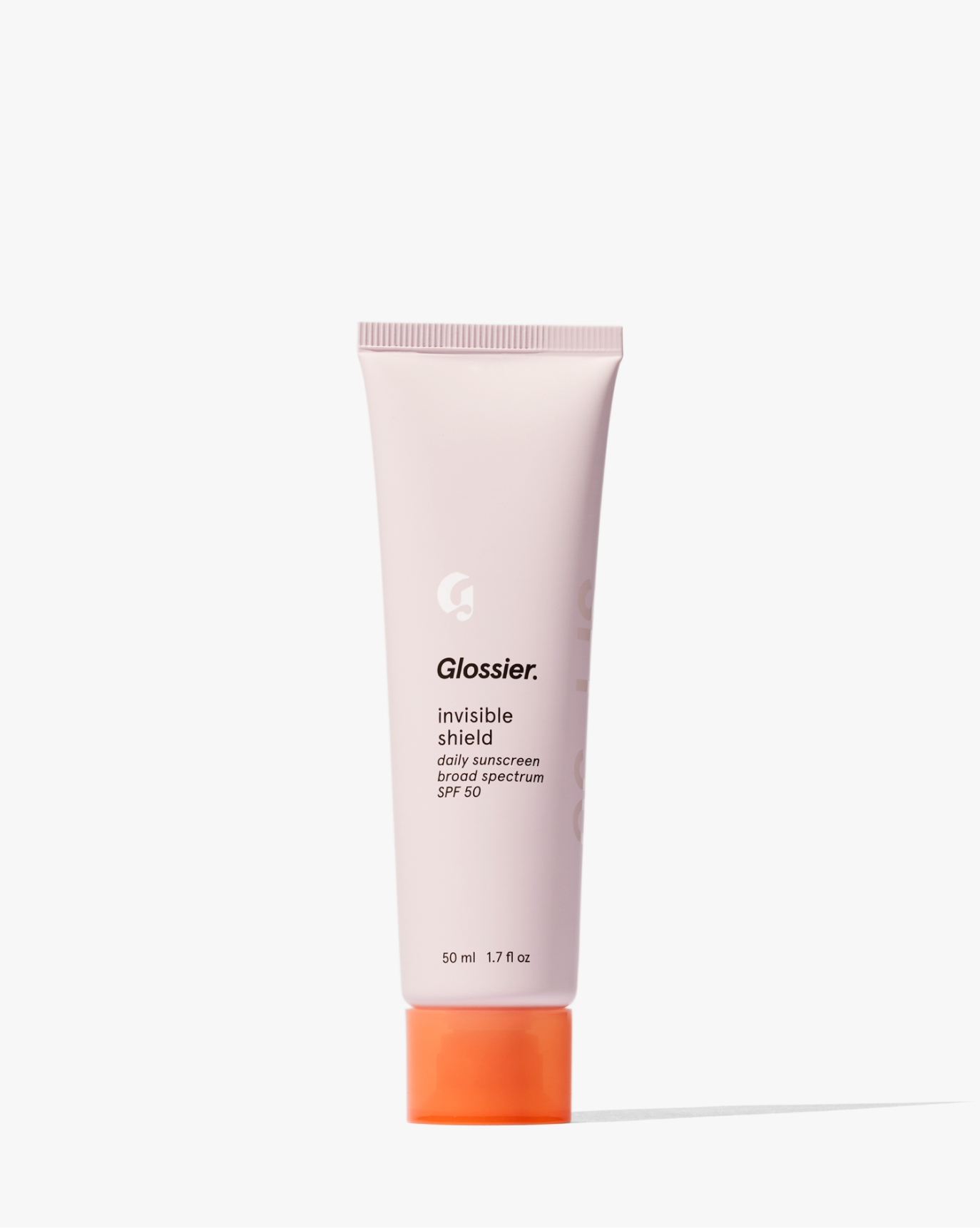
When I first applied this to my mum's skin, she couldn't believe that it was an SPF. The clear gel formula is a far-cry from the thick, chalky sunscreens she used to wear.

This glow-boosting serum also doesn't look or feel like a typical SPF. Plus, the light-reflecting particles in the formula help to reduce the appearance of everything from enlarged pores to fine lines.

If you don't wear makeup day-to-day, you may favour this tinted option.
5. Opt for Light Coverage Base Makeup
When it comes to wearing g makeup, the biggest mistake I notice people with mature skin doing is reaching for thick, cakey, high coverage foundations. While these may provide the coverage to conceal redness and pigmentation, their thick textures will settle into line and wrinkles, and will only serve to exaggerate their appearance.
To make older skin look flawless with makeup, choose light coverage foundations, skin tints, and tinted moisturisers, which will help to even out your skin tone without drawing attention to signs of skin ageing.
Shop lightweight bases:

I used this (very lightweight) foundation stick on my mum a few weeks ago and she received so many compliments for her glowing skin that day that she instantly ordered her own.

My mum isn't a big makeup wearer, but she did use this tinted moisturiser on my wedding day. It delivers the perfect amount of coverage and glow, while feeling weightless and hydrating skin in the process.

Clarins have some brilliant makeup products formulated with mature skin in mind. This tinted serum will help to give skin a truly flawless finish.
6. Use Cream Formulas
Likewise, powder formulas will also sit in lines and wrinkles and make them seem deeper and more noticeable. When wearing blusher or bronzer, opt for cream or liquid formulas instead of loose and pressed powders. These will also serve to give your skin a glowy, radiant appearance, so it will appear bright and healthy, too.
Shop cream makeup:

This super-size cream bronzer is ideal for adding a sunkissed warmth and glow to your complexion.

Both my mum and I are huge fans of Merit—the brand is all about easy-to-wear, natural-looking makeup products. The Flush Balm is a staple in both of our makeup bags.

Thanks to its soft but densely-packed bristles and rounded top, this brush is perfect both for applying foundation and for blending out blusher and bronzer.
Grace Day is a beauty editor and content creator. She has over 10 years of beauty-industry experience, spanning editorial, retail, and e-commerce, which gives her a unique understanding into how people shop for their beauty routines.While studying for a history degree (specialising in the history of beauty) and working as a beauty adviser in department stores, Grace started writing her own beauty blog in order to share the products she discovered while dealing with acne. After graduating, she moved to Beauty Bay as beauty editor and content manager. Grace is currently a beauty contributor to Who What Wear. She has also written for Hypebae and PopSugar and works as a brand consultant and copywriter.